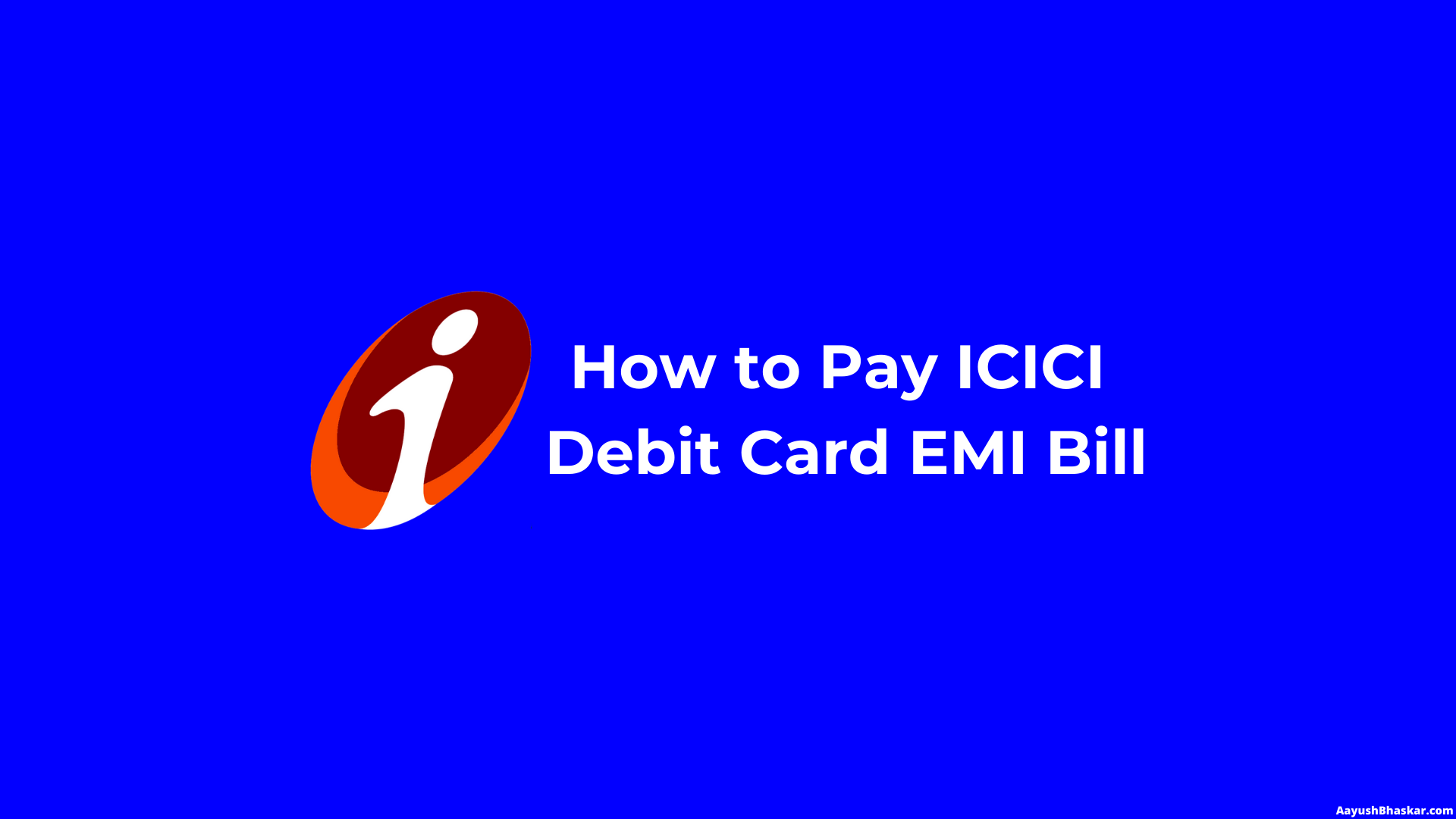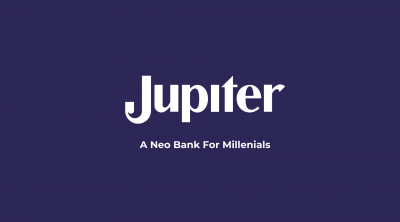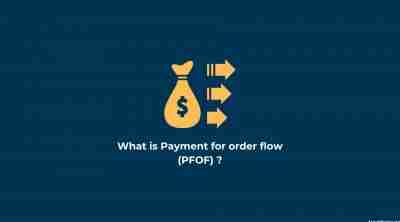You’re processing an international payment, everything seems fine, and then this cryptic code appears in the SWIFT message: LEIEXEMPTBENEISINDVL.
If you’ve ever wondered what this code means, why it appears in your transactions, or how to handle it properly, this article is for you.
We’re going to break down exactly what LEIEXEMPTBENEISINDVL means, when you’ll encounter it, and what you need to do about it.
I only share what I’ve learned from actually dealing with international payments and SWIFT messages. This doesn’t guarantee you won’t face issues, but I just want to let you know we’re in this together.
No technical jargon, just straightforward explanations.
Let’s begin.
What Does LEIEXEMPTBENEISINDVL Actually Mean?
First, let’s decode –LEIEXEMPTBENEISINDVL. It is actually a combination of several terms squashed together:
- LEI = Legal Entity Identifier
- EXEMPT = Exemption
- BENE = Beneficiary
- IS = Is
- INDVL = Individual
Put it all together, and it translates to: “LEI Exempt – Beneficiary is an Individual”
In plain English?
It’s a code that tells banks and financial institutions that the person receiving the money doesn’t need a Legal Entity Identifier because they’re an individual, not a company.
Why Does This Code Even Exist?
After the 2008 financial crisis, regulators wanted better transparency in financial transactions. They introduced LEI codes – unique 20-character identifiers for companies and organizations involved in financial transactions.
The idea was simple: every legal entity should have a unique ID so regulators can track who’s doing business with whom.
But here’s the thing – individuals don’t need LEI codes. Only businesses, trusts, and legal entities do.
So when you’re sending money to an individual person (not a company), banks need a way to indicate “Hey, this beneficiary doesn’t have an LEI code, and that’s perfectly fine because they’re just a regular person.”
That’s where LEIEXEMPTBENEISINDVL comes in.
When Will You See This Code?
This code appears most commonly in these situations:
- Cross-border wire transfers – Especially when sending money from countries with strict compliance requirements to individuals abroad
- SWIFT MT103 messages – This is the standard format for international wire transfers, and it’s where you’ll most likely encounter this code
- High-value transactions – Banks are extra careful with larger amounts and want clear documentation about why there’s no LEI
- Payments to European recipients – European regulations around LEI codes are particularly stringent
- Corporate to individual payments – When a business is paying an individual (like freelancer payments, salary transfers, or contractor fees)
I’ve seen this code pop up most often when sending payments to freelancers abroad. The first time it happened, my bank’s compliance team flagged the transaction because the LEI field was empty.
Once I added LEIEXEMPTBENEISINDVL, everything went through smoothly.
What You Need to Do About It
When you encounter this code or need to use it, follow these steps:
Step 1: Confirm the beneficiary is actually an individual
This seems obvious, but double-check. If you’re paying a company, they might actually need an LEI code. You can verify if an entity has an LEI by searching the GLEIF database (gleif.org).
Step 2: Include the code in the correct SWIFT field
In most cases, LEIEXEMPTBENEISINDVL goes in field 84 (Beneficiary’s LEI) of the SWIFT message. Your banking platform should have a designated field for this.
Step 3: Keep supporting documentation
I recommend keeping records that prove the beneficiary is an individual. This could be:
- A copy of their passport or ID
- An invoice with their personal details
- A contract showing they’re operating as an individual
- Email correspondence confirming their individual status
Step 4: Communicate with your bank
If your bank’s system doesn’t automatically accept LEIEXEMPTBENEISINDVL, reach out to their compliance team.
Common Mistakes to Avoid
Here are the mistakes that cause most payment delays:
Don’t leave the LEI field blank – Even if the beneficiary doesn’t need an LEI, putting LEIEXEMPTBENEISINDVL shows you’ve thought about it and aren’t just being lazy with compliance.
Don’t use this code for companies – If you’re paying a registered business, they likely need an actual LEI code. Using this exemption code for a company can cause serious compliance issues.
Don’t assume all banks accept the same format – Some banks want “LEIEXEMPTBENEISINDVL” while others prefer variations like “LEI EXEMPT – INDIVIDUAL” or “NOTAPPLICABLE”. Check with your bank first.
Alternative Codes You Might Encounter
LEIEXEMPTBENEISINDVL isn’t the only exemption code out there. Here are some others I’ve come across:
- LEIXEMPTOTHR – LEI exempt for other reasons
- NOTAPPLICABLE – Some banks use this simpler version
- INDIVIDUAL – A shortened version some systems accept
- NATURAL PERSON – Less common but sometimes accepted
Different banks and different countries have different preferences. When in doubt, ask your bank which format they prefer.
What If Your Payment Still Gets Rejected?
Even with the right code, sometimes payments don’t go through. Here’s what works:
- Talk to your bank’s trade finance or compliance team – They deal with these issues daily and can usually resolve them quickly
- Verify the beneficiary bank accepts this code – Sometimes the issue is on the receiving end
- Consider alternative payment methods – For smaller amounts, services like Wise or Payoneer might be easier than traditional SWIFT transfers
- Get written confirmation – Ask your bank to confirm in writing what code they need for individual beneficiaries
The Bottom Line
LEIEXEMPTBENEISINDVL might look intimidating, but it’s just a way of saying “this payment is going to a regular person who doesn’t need a fancy corporate identifier.”
Once you understand what it means and how to use it, international payments become much smoother.
The key is being proactive. Don’t wait for your bank to reject the payment – include the exemption code from the start when you know you’re paying an individual.
Need More Help?
I’m discovering more about international payment codes and SWIFT messaging as I process more transactions. As I find better solutions and workarounds, I’ll update this article.
If you have questions about LEIEXEMPTBENEISINDVL or other SWIFT codes you’ve encountered, let me know in the comments.







Leave a Reply